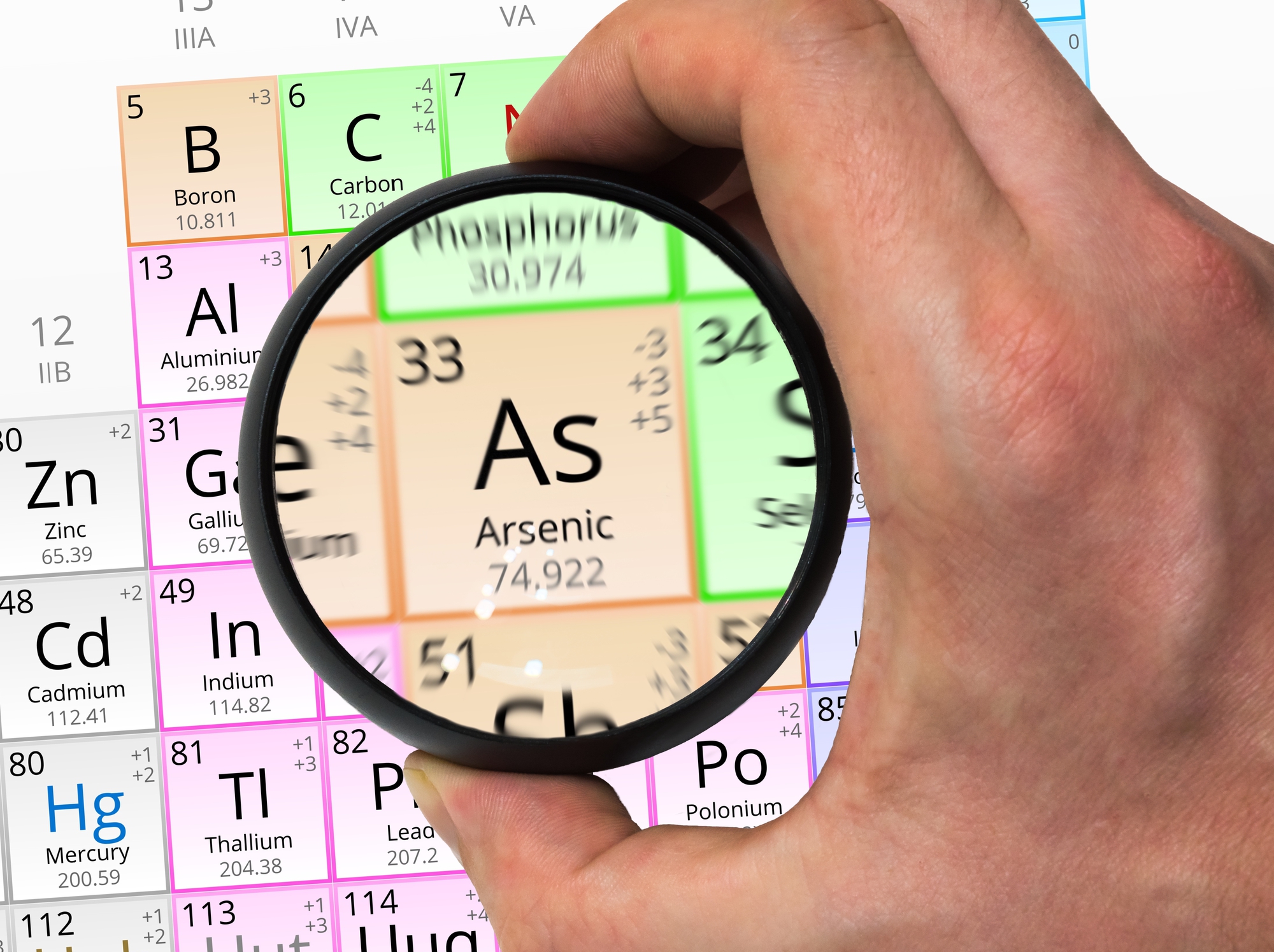By Brigitte Rodriguez, Publishing Associate: Researcher & Writer for Save The Water™ | February 12, 2024
Arsenic is a chemical element present in air, water, and land. It’s a metalloid, meaning it has properties of both metals and nonmetals. Research shows that about 220 million people are exposed to high levels of arsenic. This is a crucial public health and environmental issue since arsenic occurs naturally. The Environmental Protection Agency links arsenic in drinking water to diabetes, cancer, heart and lung illnesses, and skin problems.
Arsenic Contamination in Drinking Water
One case that shows how serious arsenic contamination can be is its presence in southern New Mexico’s tap water. A utility company in New Mexico failed to warn customers that the water it was providing contained large amounts of arsenic. The company is also being probed for three arsenic treatment plants that weren’t working for more than a year. Those exposed to this contaminated water are worried, mostly because they don’t know how arsenic impacts their health.
Another example is Bangladesh, where arsenic exceeds 10 micrograms per liter in drinking water. Another scenario is Midland, Texas, which has unsafe arsenic levels of 0.011 milligrams per liter. Many such cases exist worldwide and should be taken more seriously to stop risks to people’s health.
Arsenic Contamination in the Aquatic System
Arsenic contamination not only affects human health, but extends to the aquatic ecosystem in general. Both flora and fauna face serious threats when exposed to high levels of this metalloid. The presence of arsenic in water bodies affects biodiversity, ecosystem functioning, and overall environmental quality. Moreover, bioaccumulation of arsenic in aquatic organisms impacts the food chain. Consequently, it is essential to understand the interactions between arsenic contamination and aquatic ecosystems.
Fish is the most sensitive bioindicator of pollution in aquatic systems. Research shows that arsenic affects the metabolism, growth, reproduction, immune system, and enzyme activity of fish. Understanding the impact of arsenic contamination on the aquatic environment is key to applying various removal technologies and methods.
Technologies to Remove Arsenic
There are various sustainable and effective methods of removing arsenic from water:
- Coagulation-filtration: In this approach, coagulants are added to the water to create larger particles of arsenic compounds. These particles are then easily filtered off, making it a useful way to reduce arsenic levels and improve water quality.
- Activated alumina: Activated alumina is a special material that can absorb arsenic from water. When water passes through activated alumina, arsenic ions adhere to its surface. This method is helpful for water treatment in various industries, such as petrochemical and pharmaceutical plants.
- Reverse osmosis: This method purifies water by passing it through a specialized membrane, enabling the extraction of unwanted ions.
What can be Done?
All hands must be on deck to address the threat of high arsenic levels in the water supply:
- Public awareness campaigns can educate affected communities about the risks of arsenic exposure.
- Water treatment facilities should use better water treatment methods and upgrade the necessary infrastructure.
- The respective environmental agencies should also ensure that controls are in place and regulations are followed to ensure water safety.





